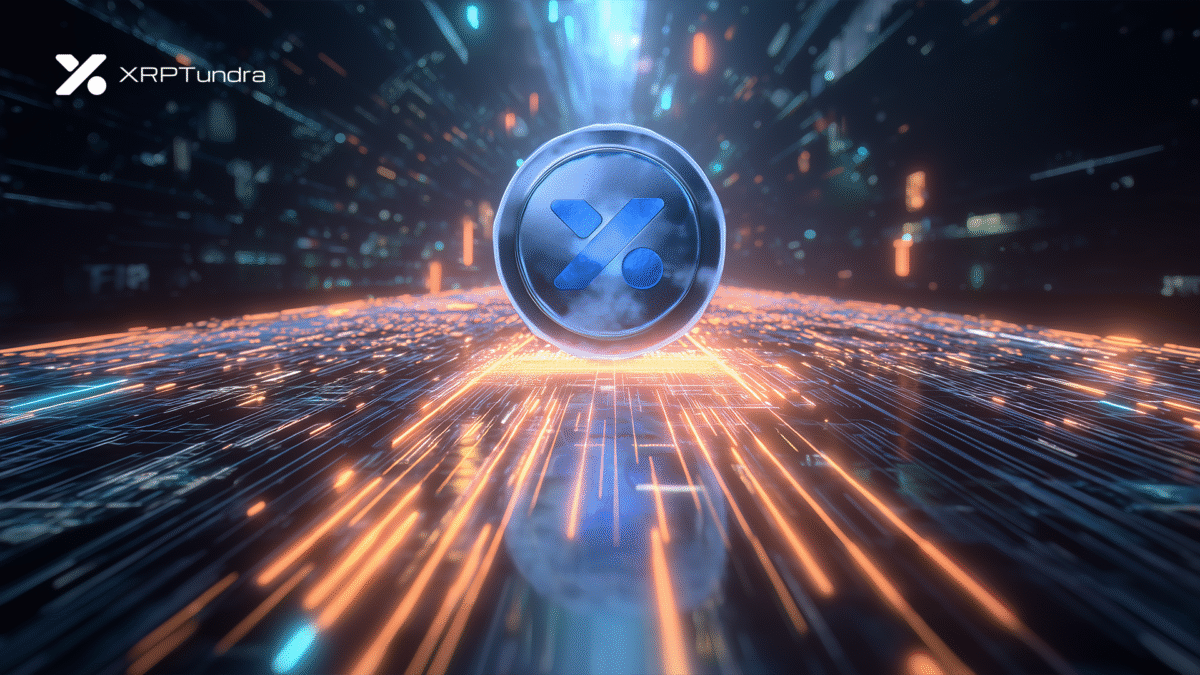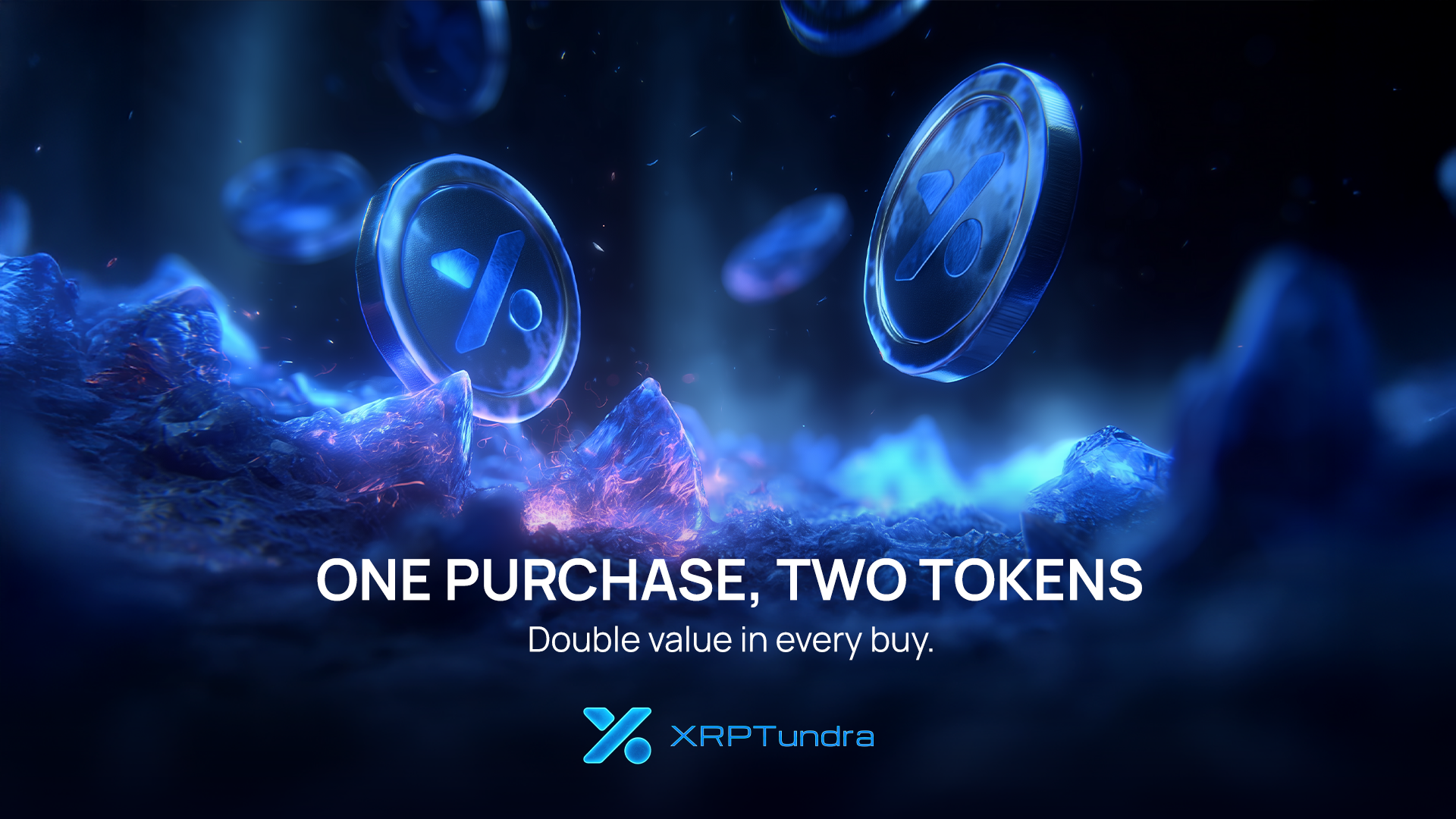Hyperliquid has rapidly become one of the most closely watched names in decentralized finance (DeFi). Built to rival centralized exchanges, it delivers high-performance derivatives trading on-chain, offering millisecond execution and deep liquidity without custodial risk. Its success in 2025 illustrates how fast technical innovation can translate into wealth creation for early adopters.
That trajectory has caught the attention of analysts covering XRP Tundra’s presale. While Hyperliquid’s rise came from trading infrastructure, Tundra’s strength lies in presale mechanics that guarantee multipliers before tokens hit exchanges. With dual-token distribution, staking rights tied to XRP itself, and liquidity protections built into its launch design, the presale is now being cited as one of the best crypto opportunities available in 2025.
Hyperliquid’s Performance as a Reference Point
Hyperliquid emerged with a simple promise: provide institutional-level derivatives trading without the need for centralized custodians. Its ability to handle high-frequency strategies on-chain set it apart, driving adoption from professional traders as well as retail participants. Within months, its token valuation climbed sharply, rewarding early buyers who recognized both the utility and momentum of the platform.
The comparison to Tundra comes from this dynamic. Hyperliquid showed how innovation and execution could create exponential returns in a short window. XRP Tundra, though very different in function, is structured to deliver defined returns by setting its launch pricing in advance.
Presale Mechanics With Built-In Multipliers
In Phase 5, participants purchase TUNDRA-S at $0.091 and receive a 15% bonus in tokens, alongside free allocations of TUNDRA-X at $0.0455. At launch, prices are fixed: $2.50 for TUNDRA-S and $1.25 for TUNDRA-X.
This structure allows presale buyers to calculate ROI before exchanges open. A $500 entry secures thousands of tokens whose value at listing will exceed $13,000, based on fixed launch valuations. That kind of clarity, analysts note, is rare in crypto — and it’s why Tundra is being described as offering Hyperliquid-style returns, but with multipliers defined in advance.
Yield Access Beyond DeFi Trading
Hyperliquid’s success centers on derivatives, but it does not give token holders yield pathways outside speculation. XRP Tundra integrates yield directly through Cryo Vaults, staking pools built on the XRP Ledger. Holders can commit XRP for 7 to 90 days, with rewards scaled to lock duration. Frost Keys, NFT boosters, further increase returns or shorten lock times. Under maximum conditions, APY can reach 30%.
Staking is not live yet, but presale buyers secure guaranteed vault slots once the system launches. With limited capacity, this early guarantee gives buyers a structural advantage over future entrants.
Launch-day volatility destroys many projects before they gain traction. Hyperliquid distinguished itself with deep liquidity pools from inception. XRP Tundra uses Meteora’s DAMM V2 liquidity pools to ensure similar resilience. Dynamic fees start high — up to 50% — and reduce gradually, making dumping and bot exploitation unprofitable.
Liquidity positions are NFT-based, which increases transparency and allows resale. Permanent liquidity lock options guarantee depth, while trading fees are funneled into Cryo Vault rewards. This structure turns early market activity into long-term value reinforcement for presale buyers.
Security Validation Provides Investor Confidence
Presale risk is often tied to lack of transparency. XRP Tundra has addressed this directly. Its smart contracts and tokenomics have been audited by Cyberscope, Solidproof, and Freshcoins. The team has also undergone Vital Block KYC verification, with documents made public.
This combination of audits and identity checks builds confidence for retail participants, ensuring the presale is verifiable rather than speculative.
Analysts Highlight Parallels in Momentum
Independent commentary, including CryptoDexWorld, emphasizes the similarities between Hyperliquid’s breakout and Tundra’s presale. Hyperliquid achieved its valuation by capturing demand for decentralized trading; Tundra achieves momentum through mechanics that predefine ROI and guarantee staking.
For analysts, both cases show how innovative design and community interest converge into rapid value creation. The difference is that Hyperliquid’s multipliers came after listing, while Tundra delivers them in advance.
Enter the Presale Before Phase 5 Concludes
Hyperliquid proved that decentralized innovation can rival centralized platforms. XRP Tundra now offers investors a different but equally compelling chance: dual tokens, staking rights, fixed launch prices, and liquidity safeguards that anchor long-term value. With Phase 5 allocations nearing completion, investors have a closing window to lock in multipliers ahead of exchange trading.
Website: https://www.xrptundra.com/
Medium: https://medium.com/@xrptundra
Telegram: https://t.me/xrptundra
X: https://x.com/Xrptundra
Contact: Tim Fénix, contact@xrptundra.com
Disclaimer: This media platform provides the content of this article on an "as-is" basis, without any warranties or representations of any kind, express or implied. We assume no responsibility for any inaccuracies, errors, or omissions. We do not assume any responsibility or liability for the accuracy, content, images, videos, licenses, completeness, legality, or reliability of the information presented herein. Any concerns, complaints, or copyright issues related to this article should be directed to the content provider mentioned above.









